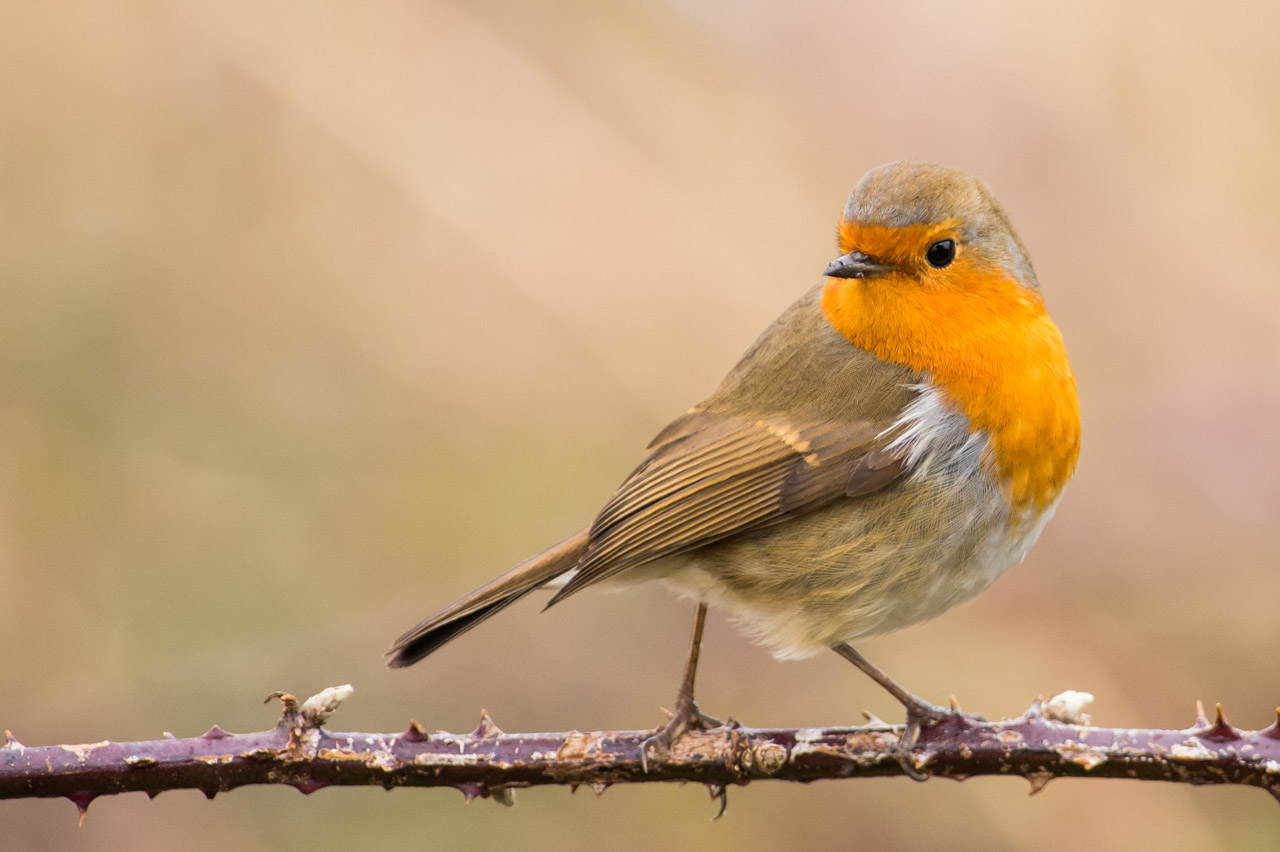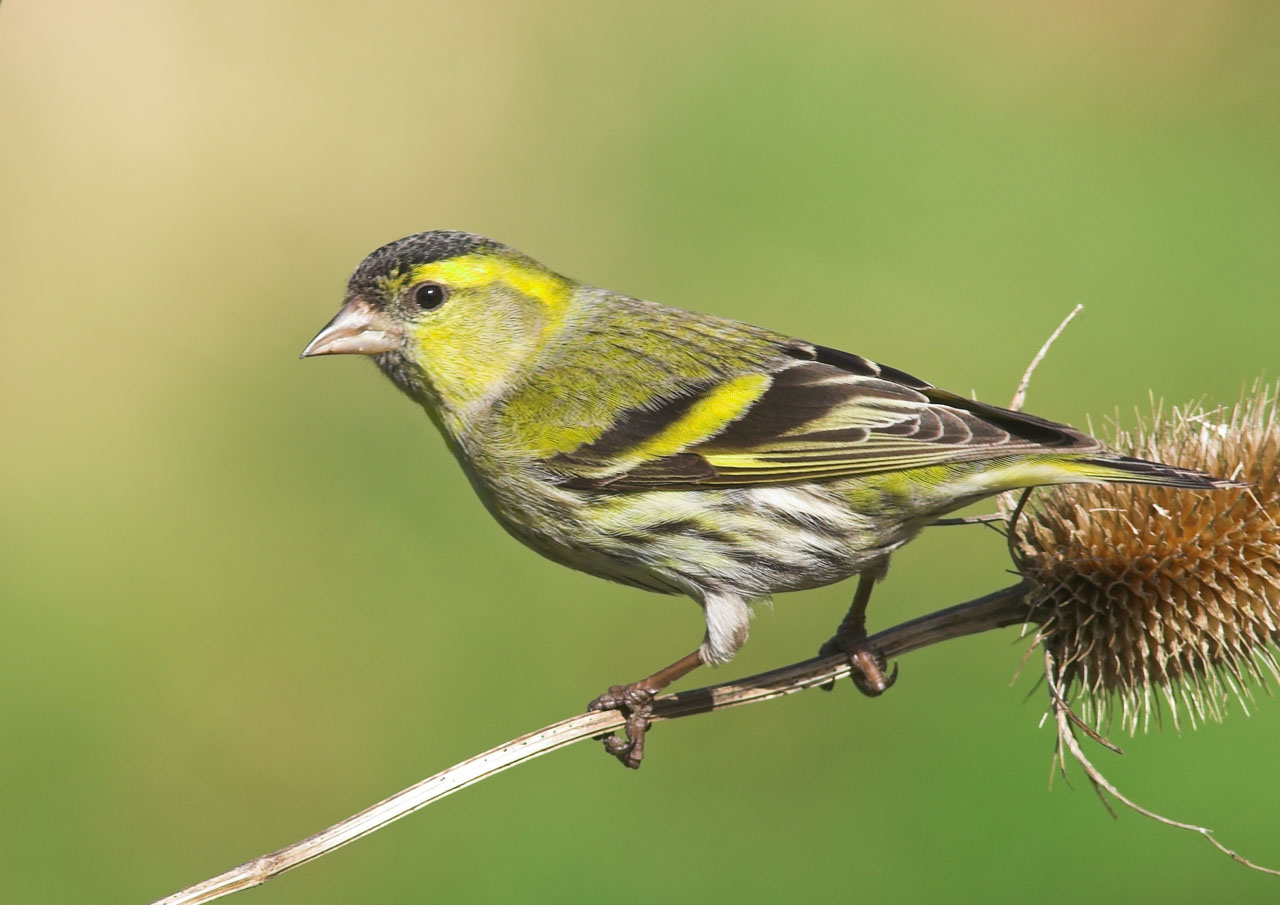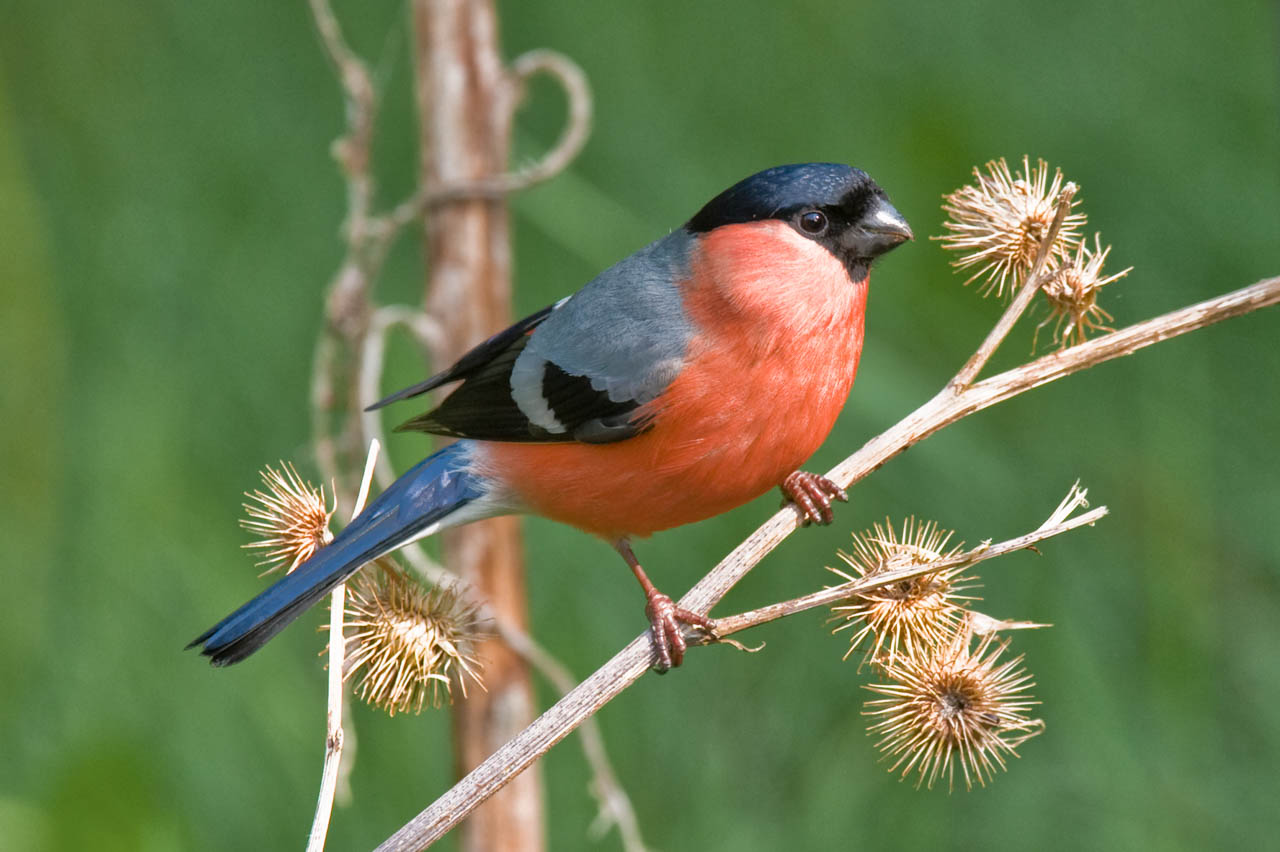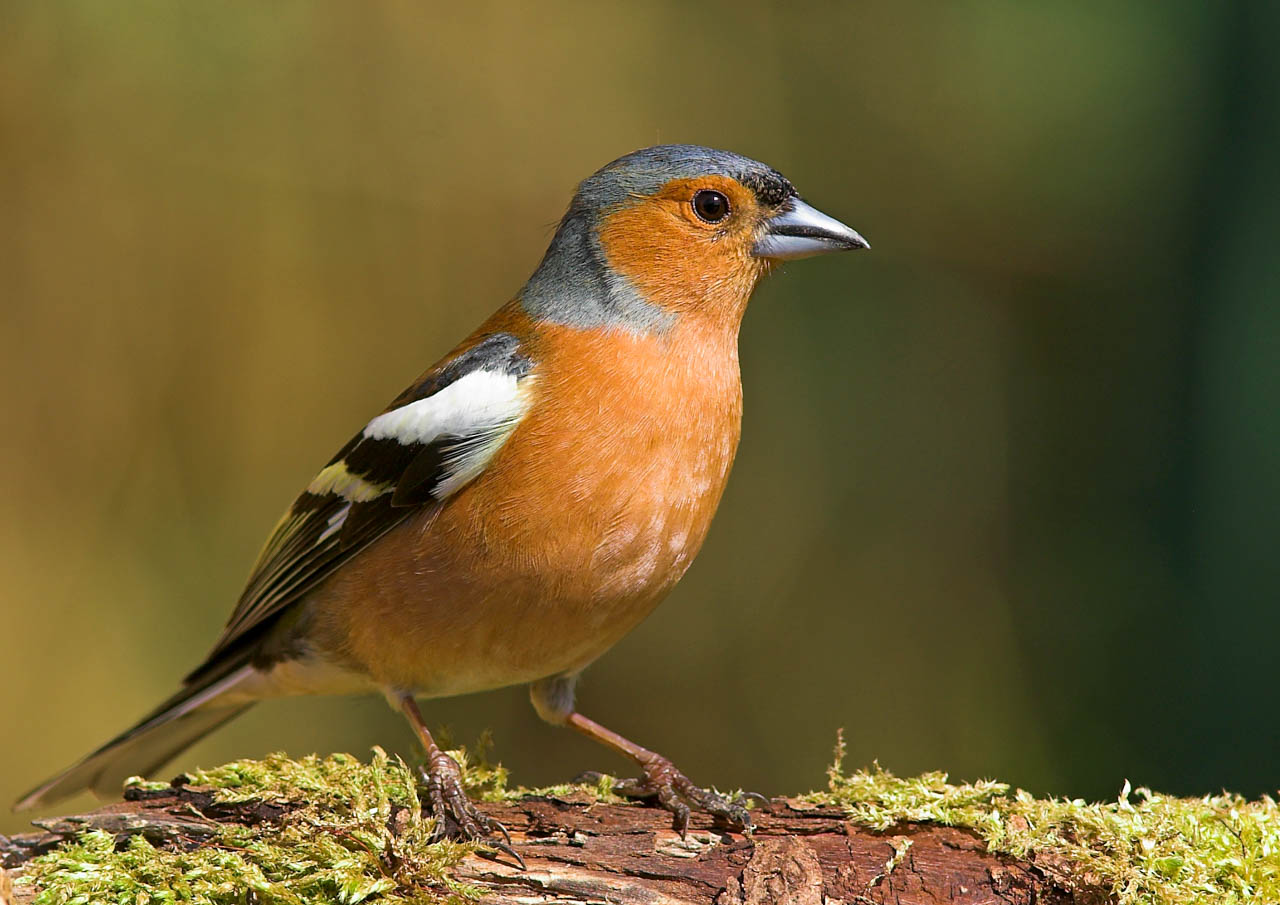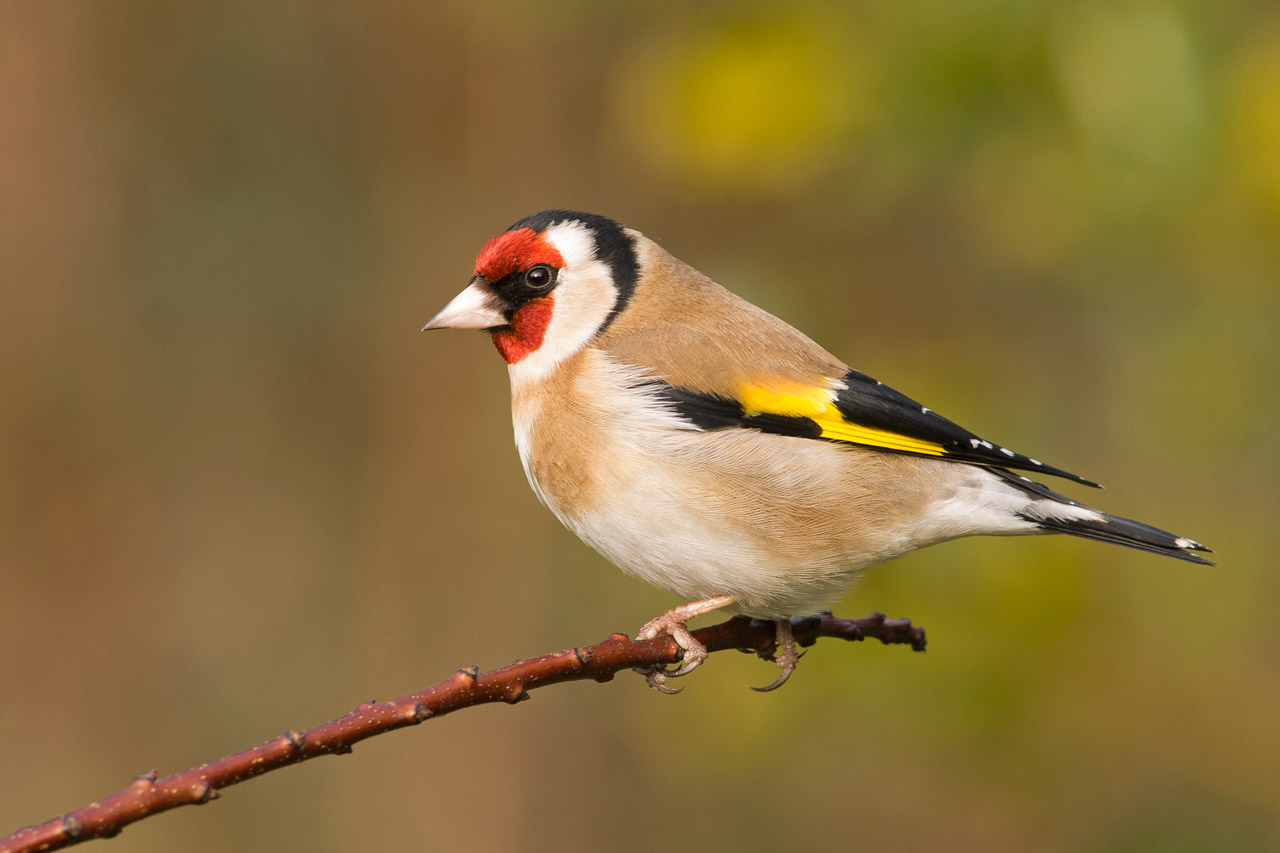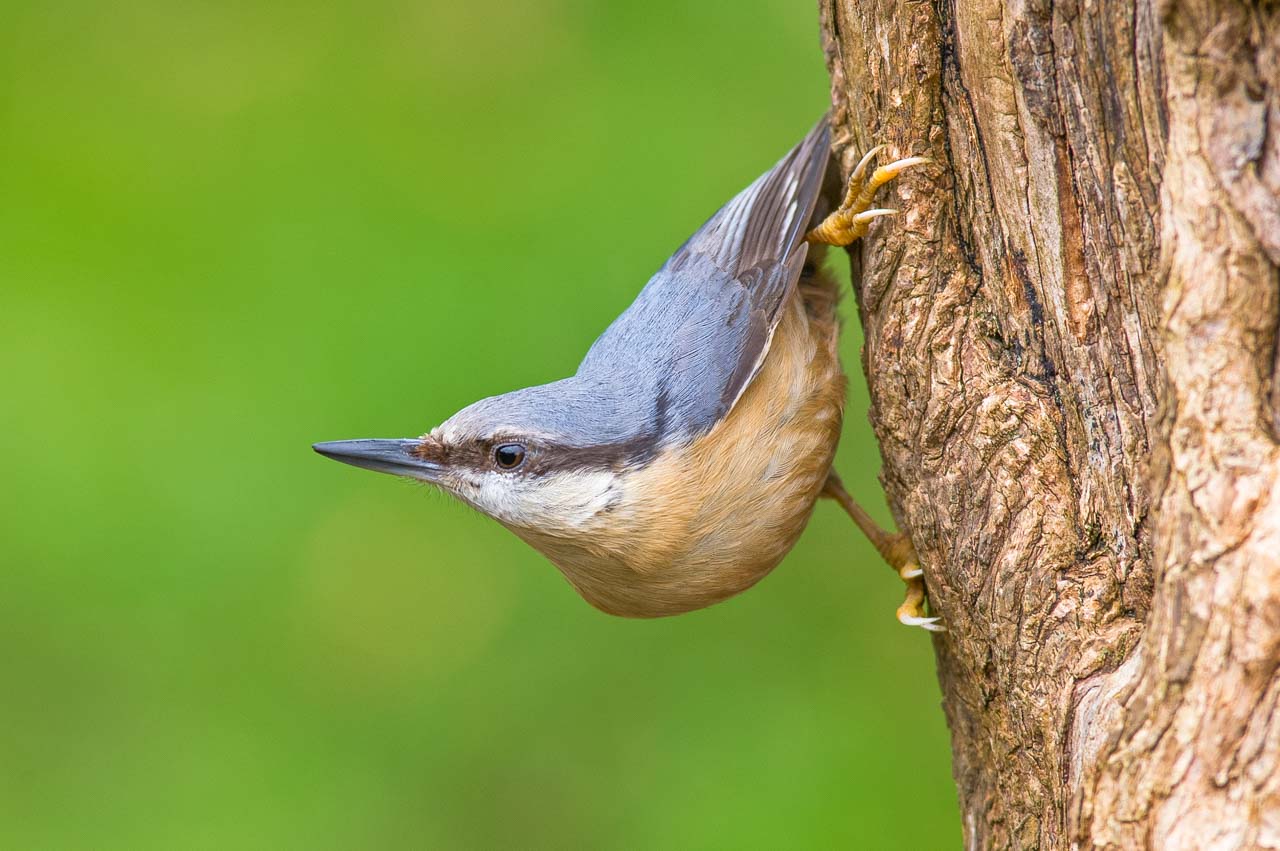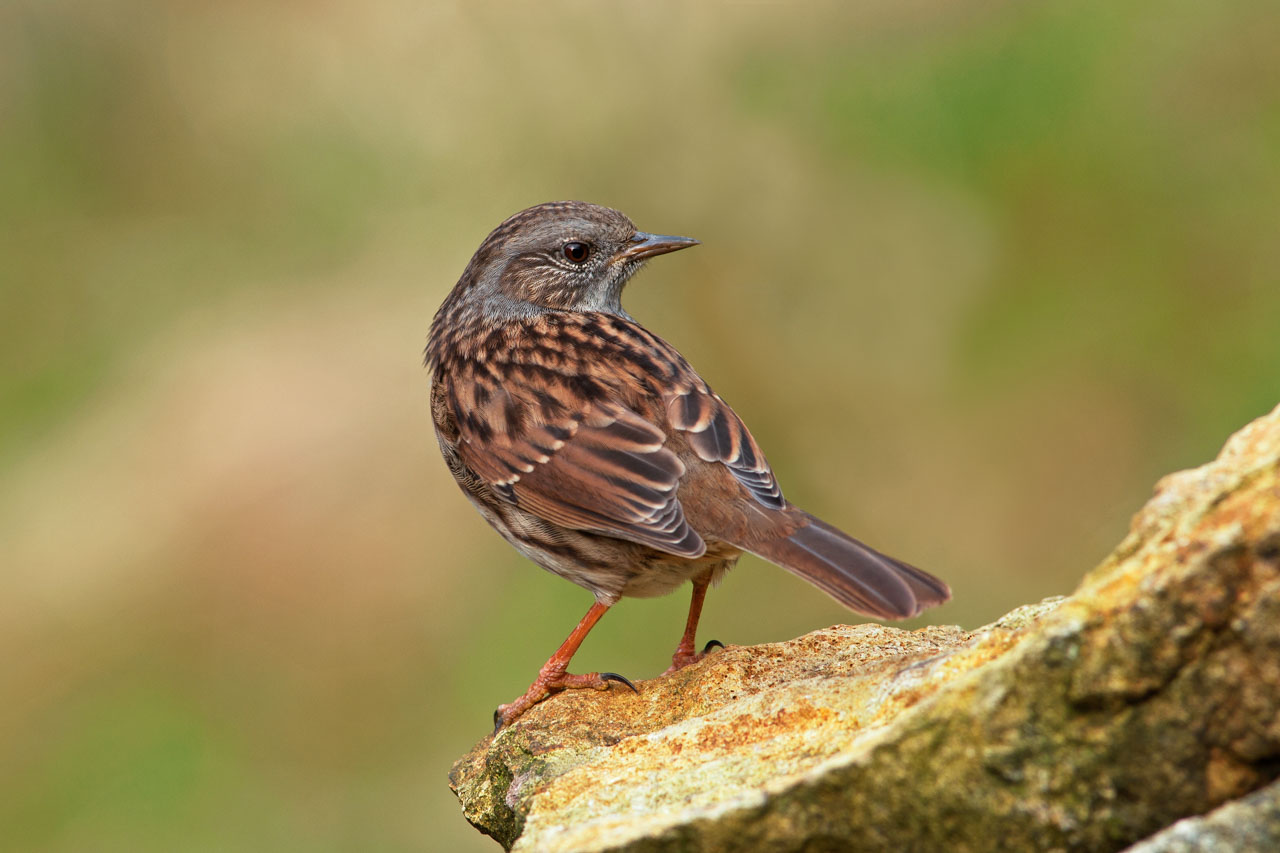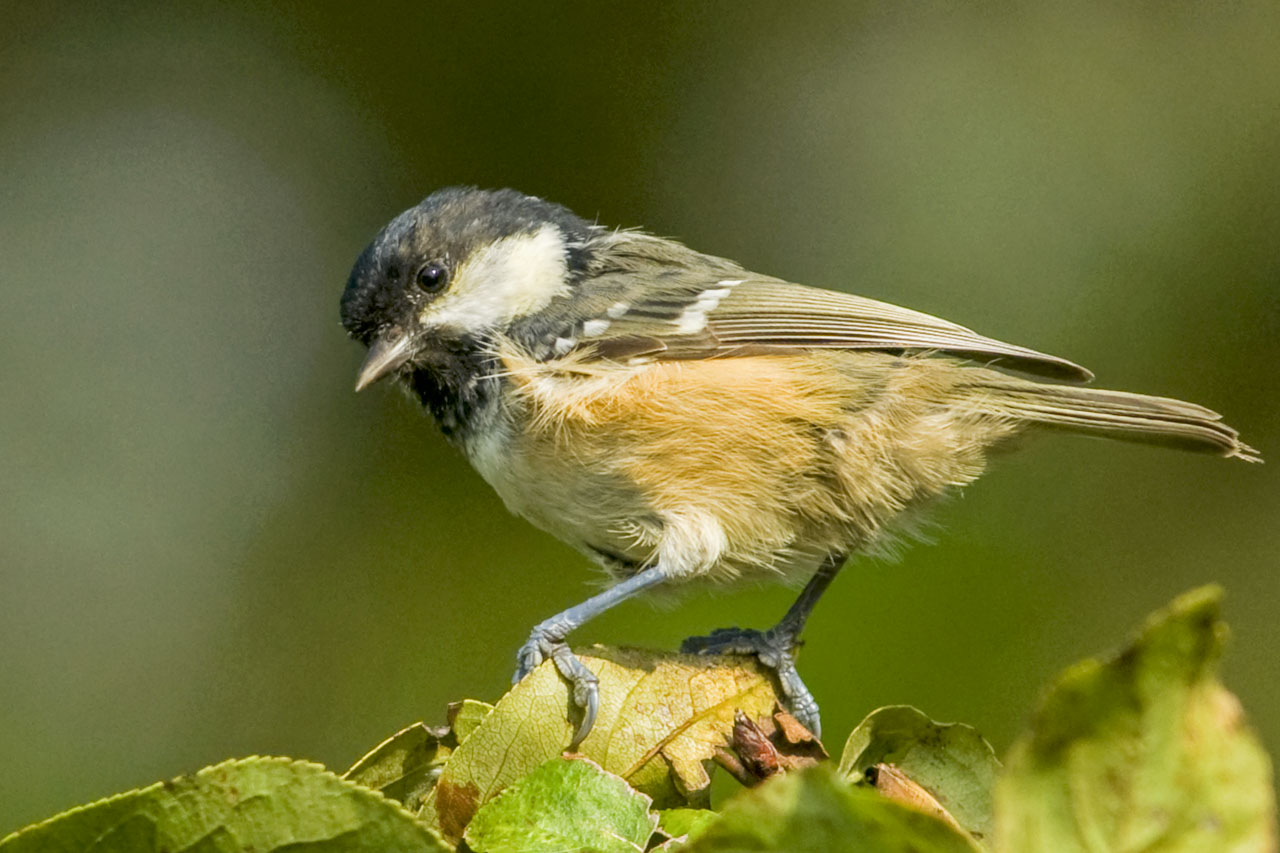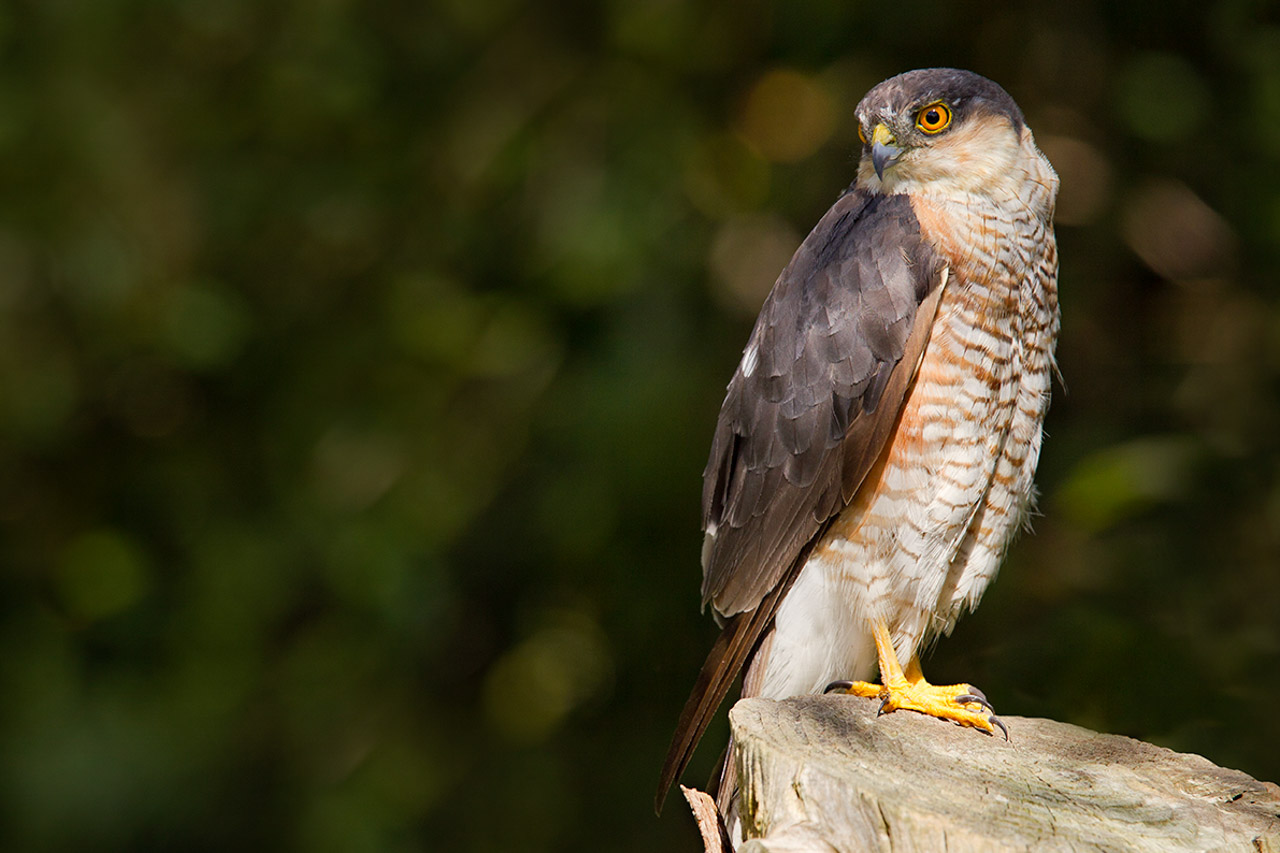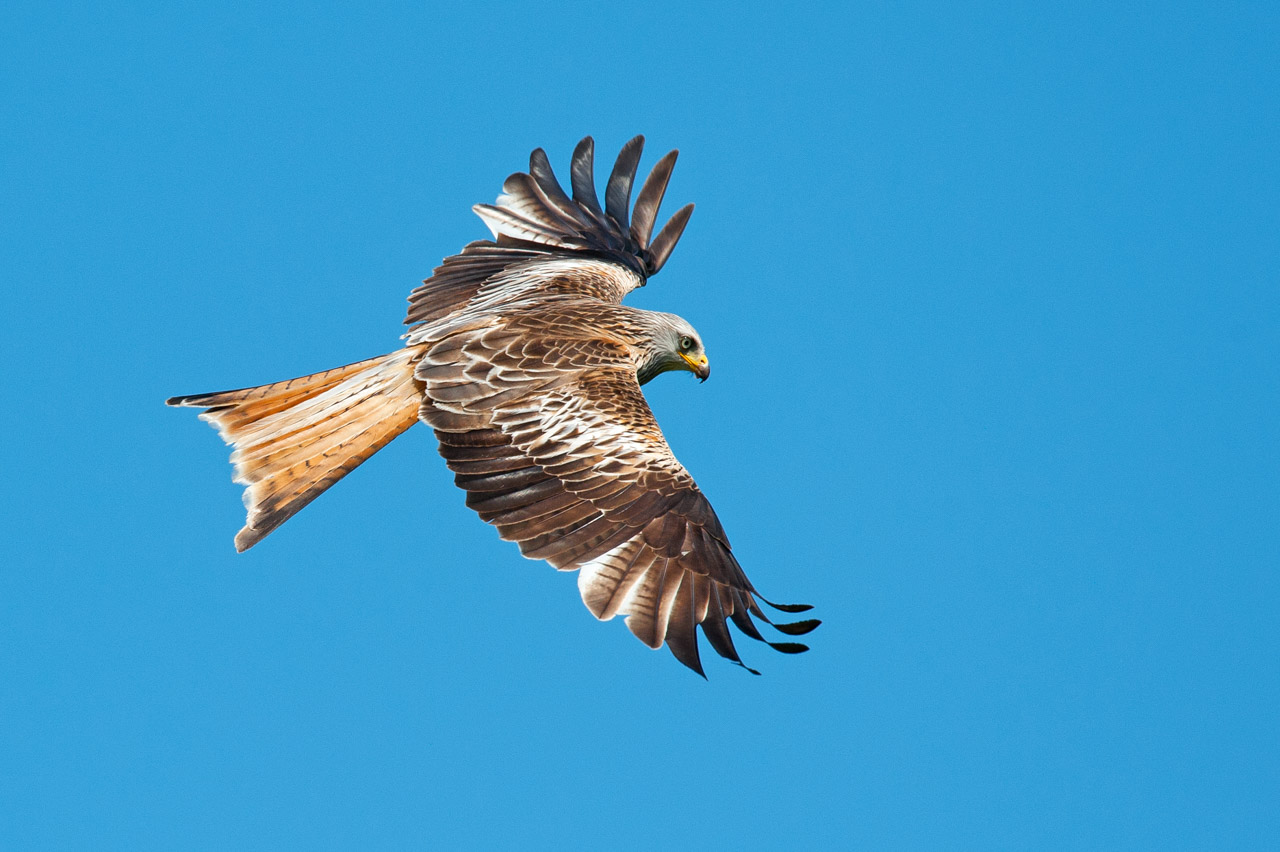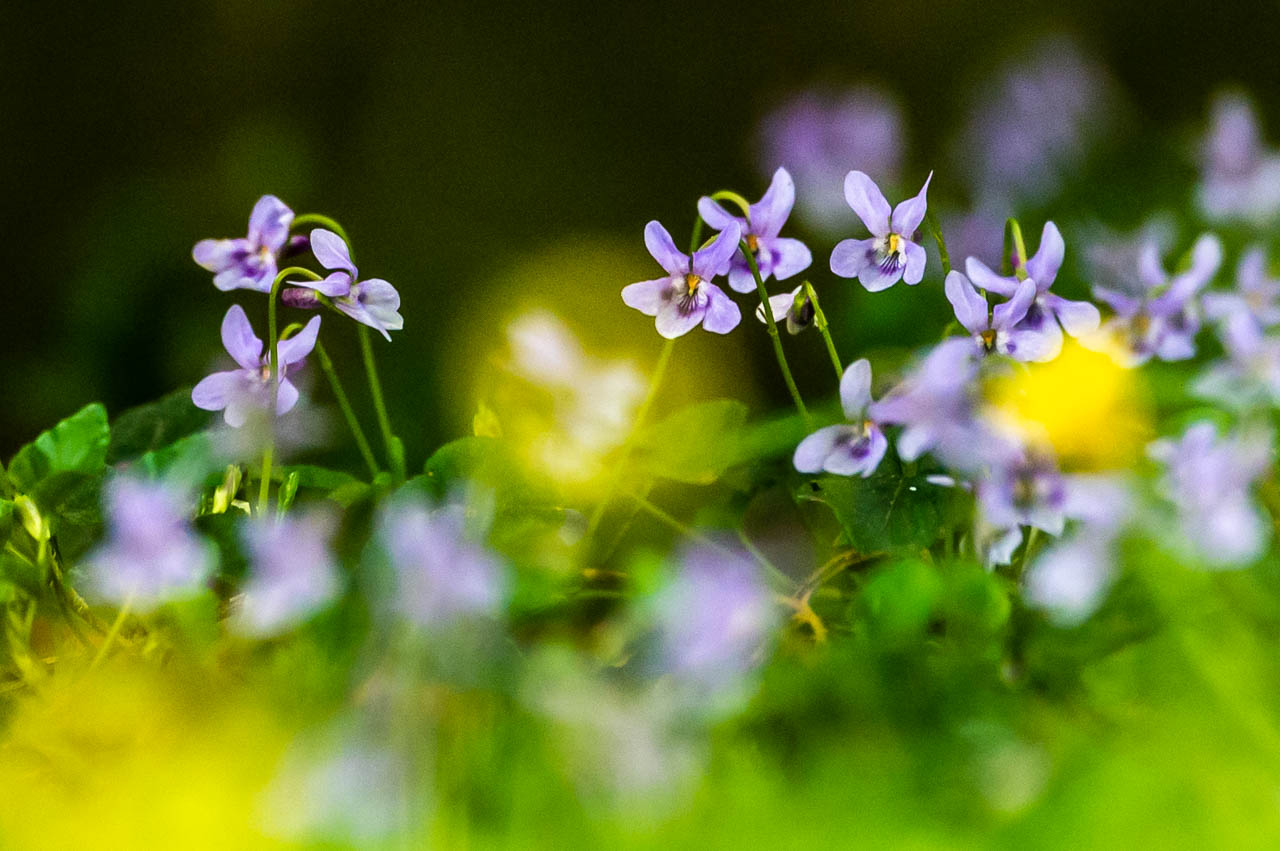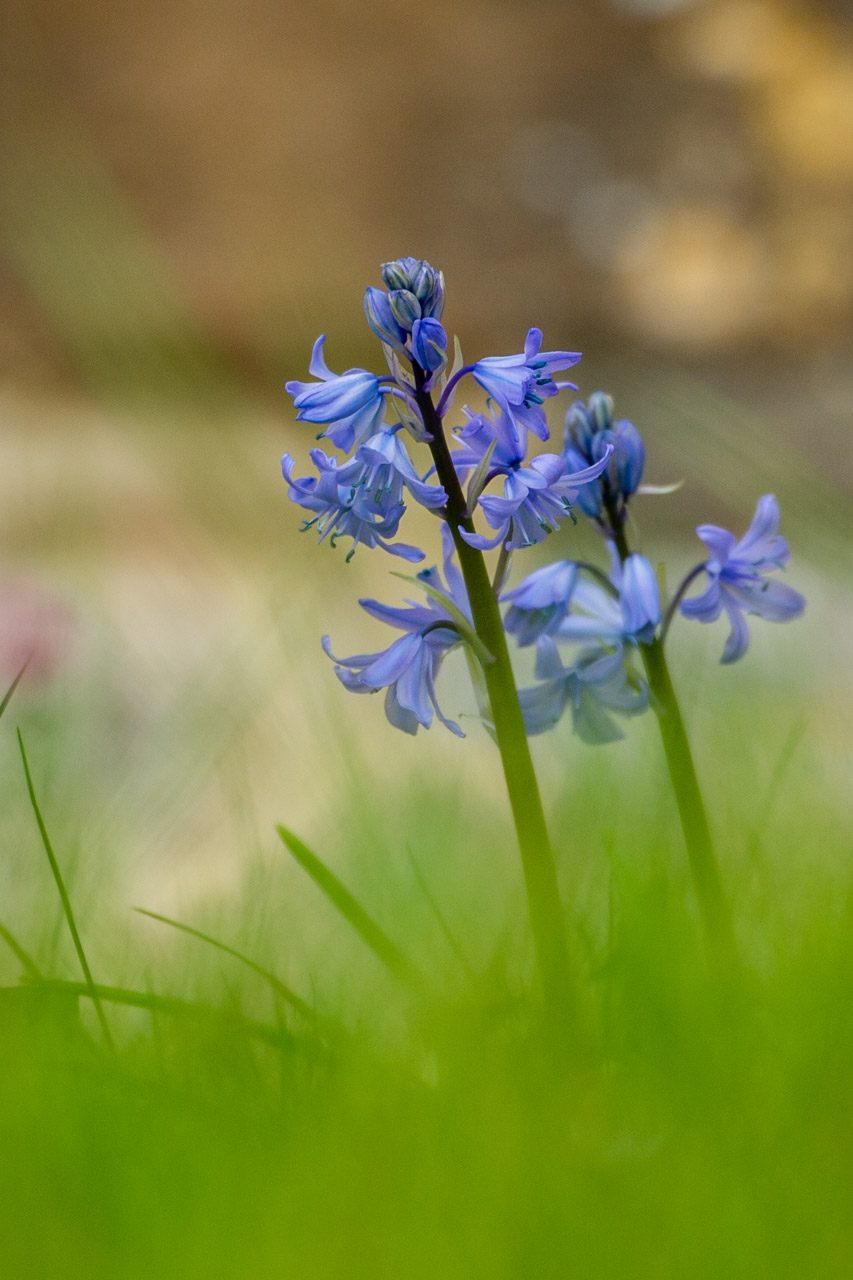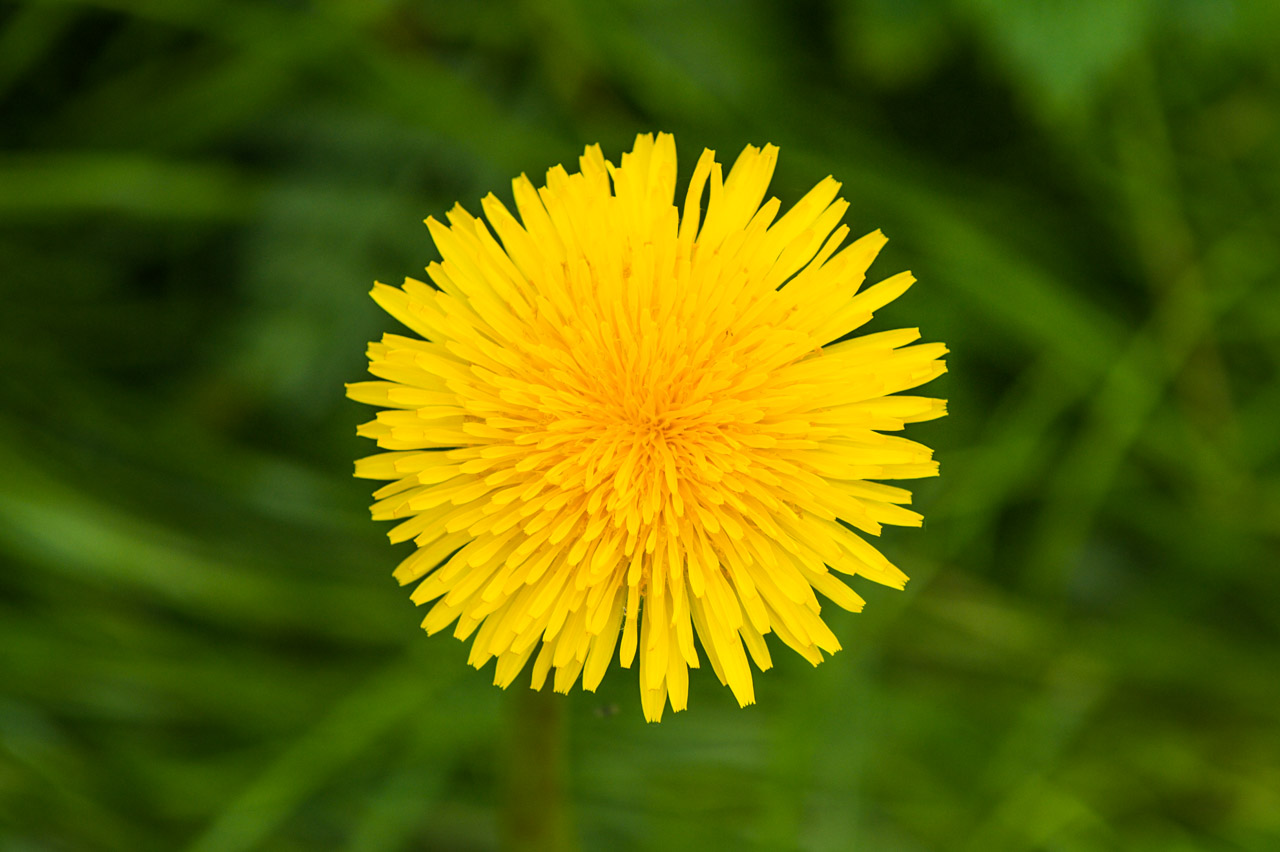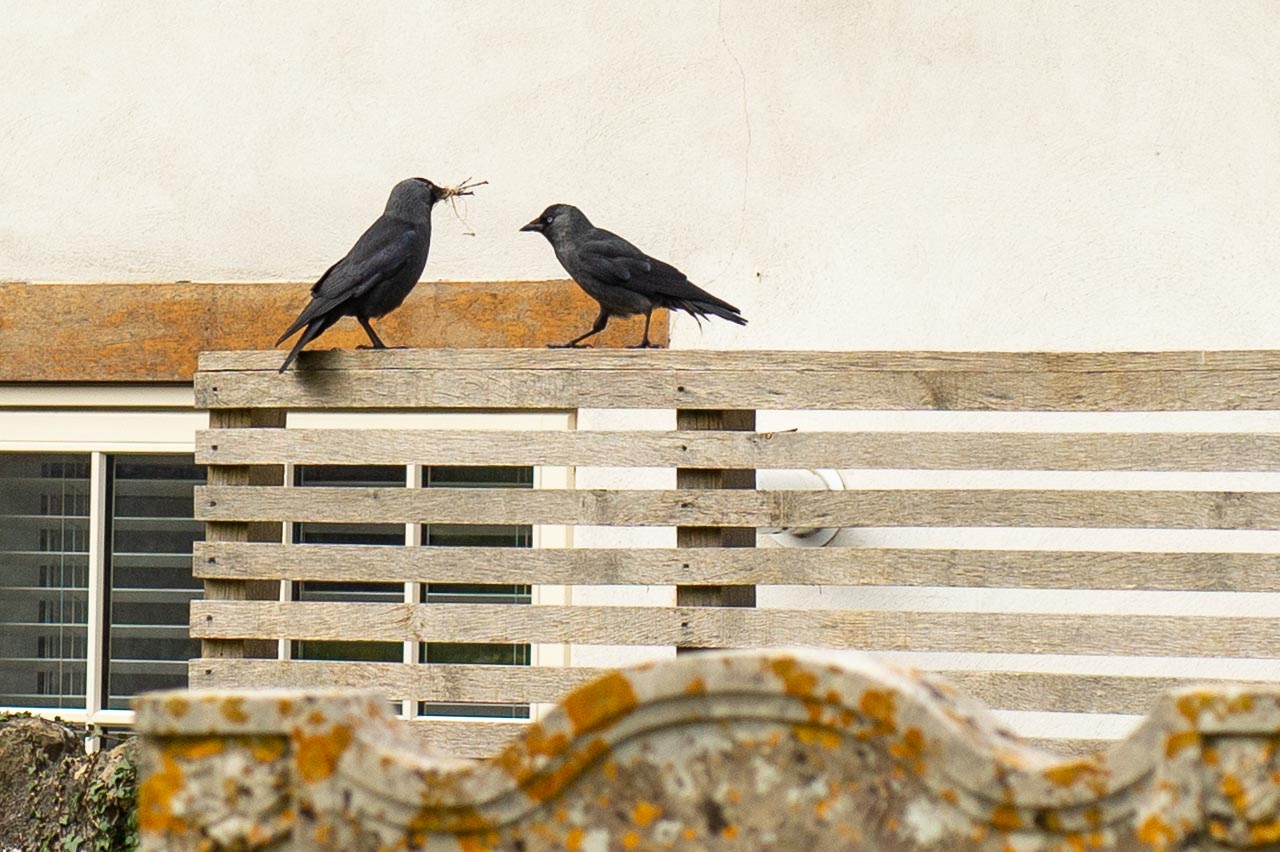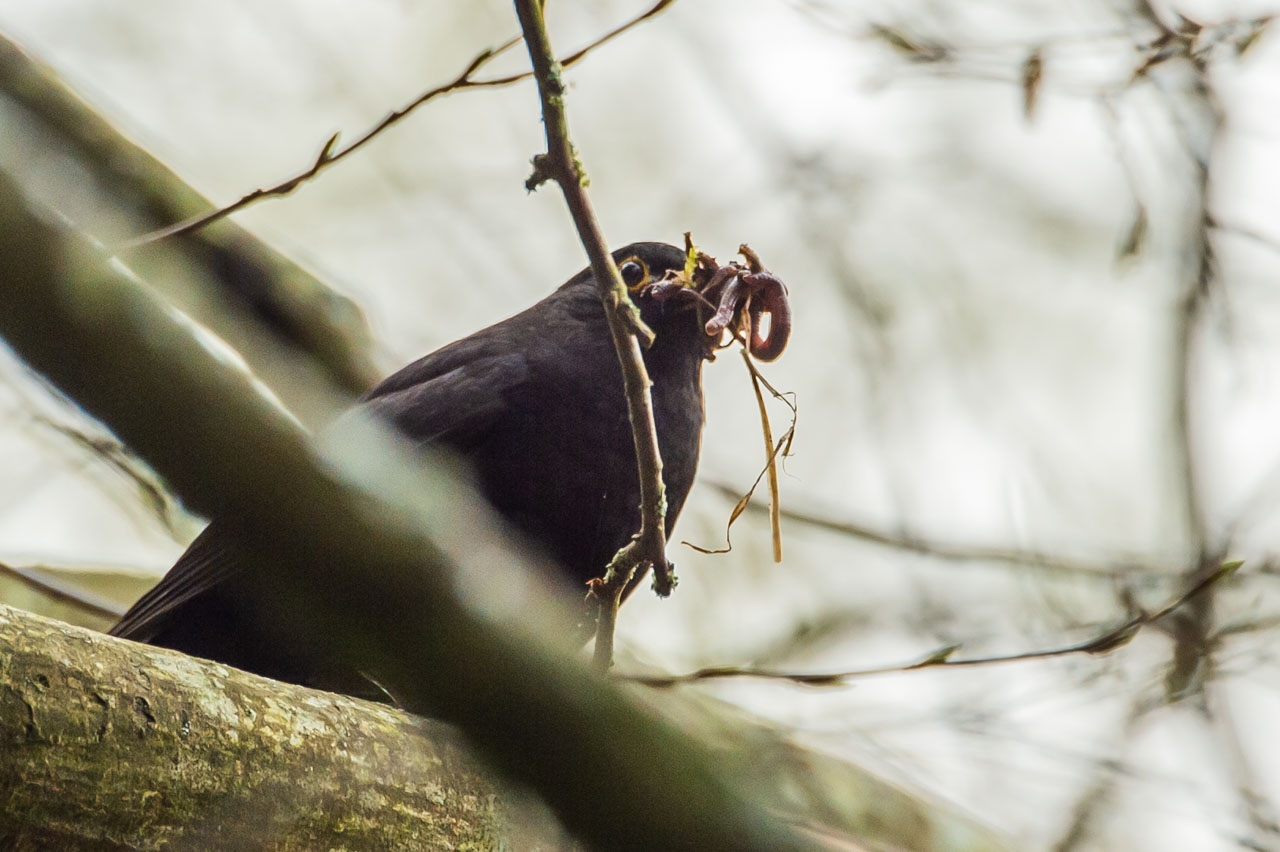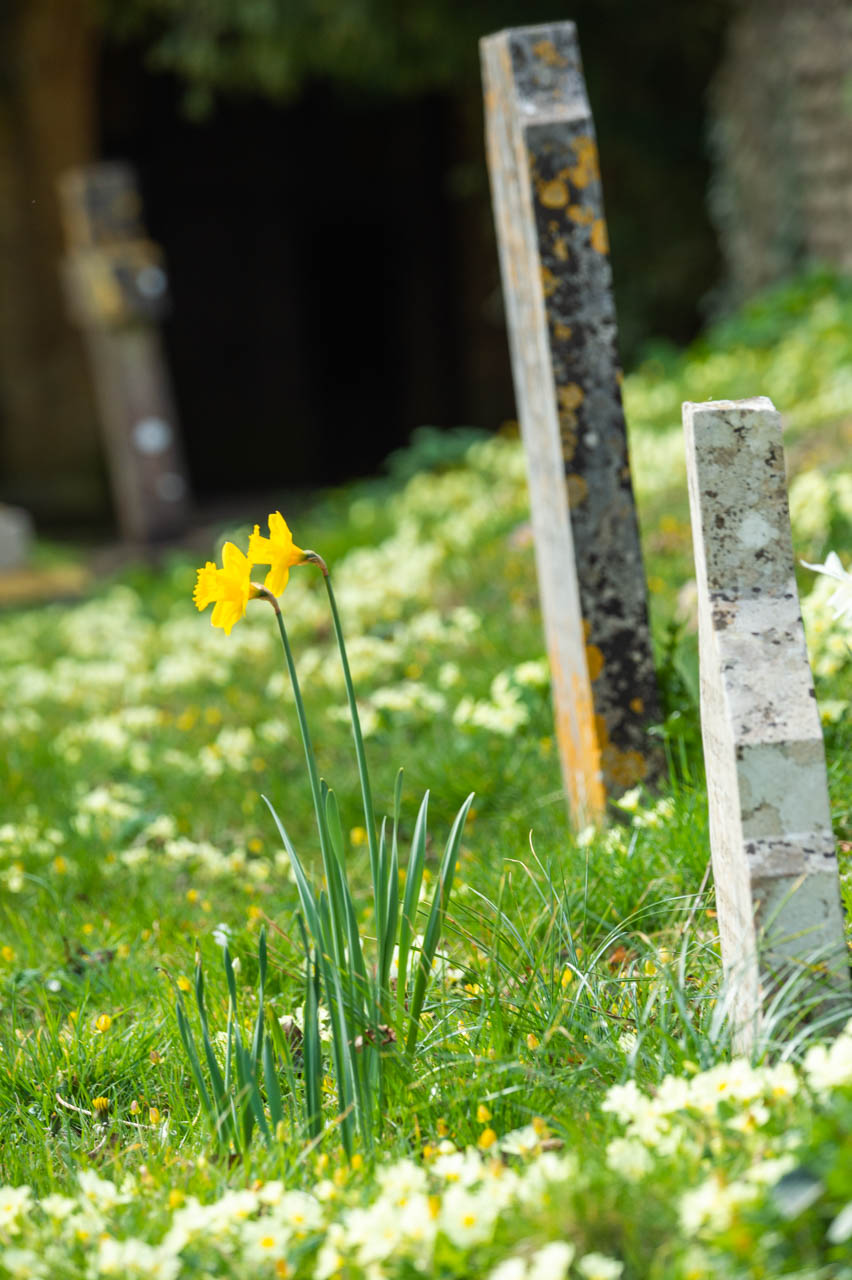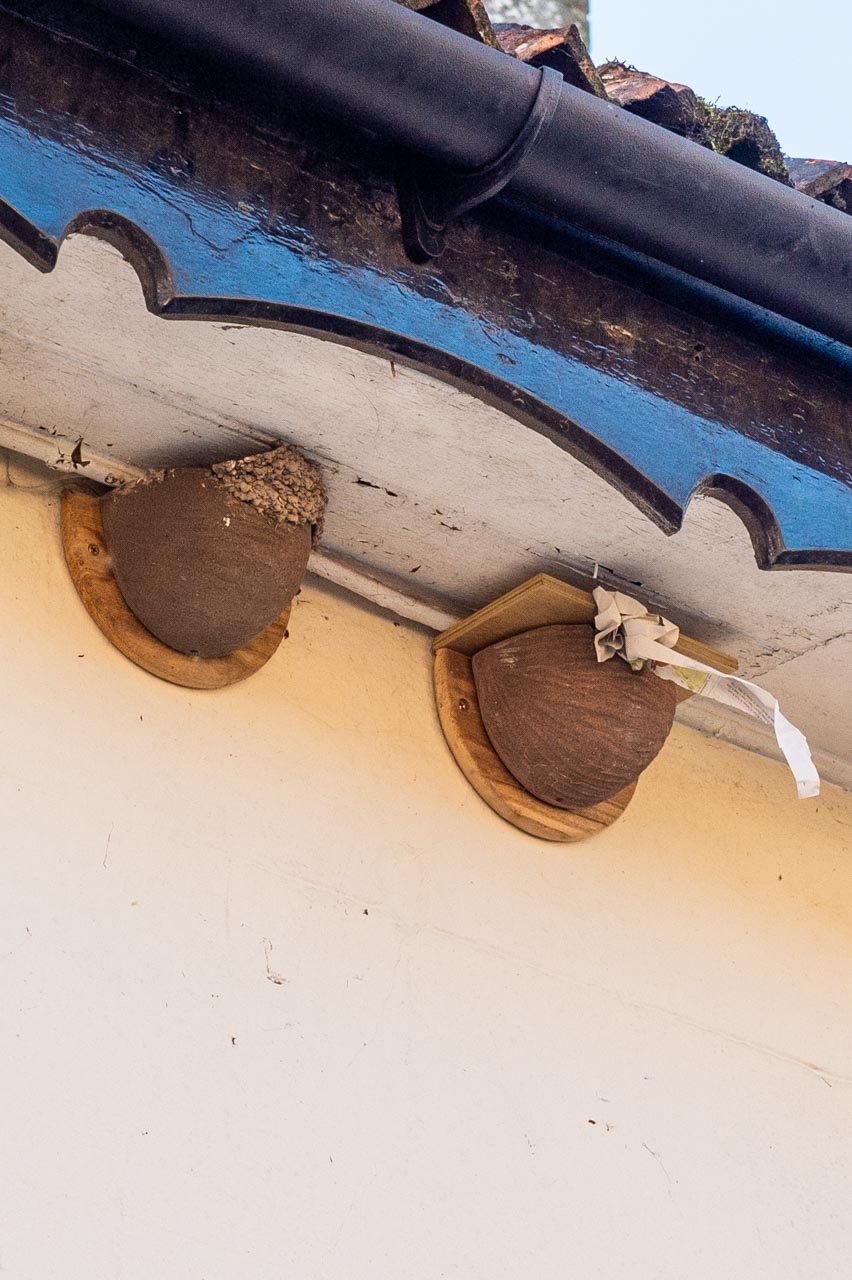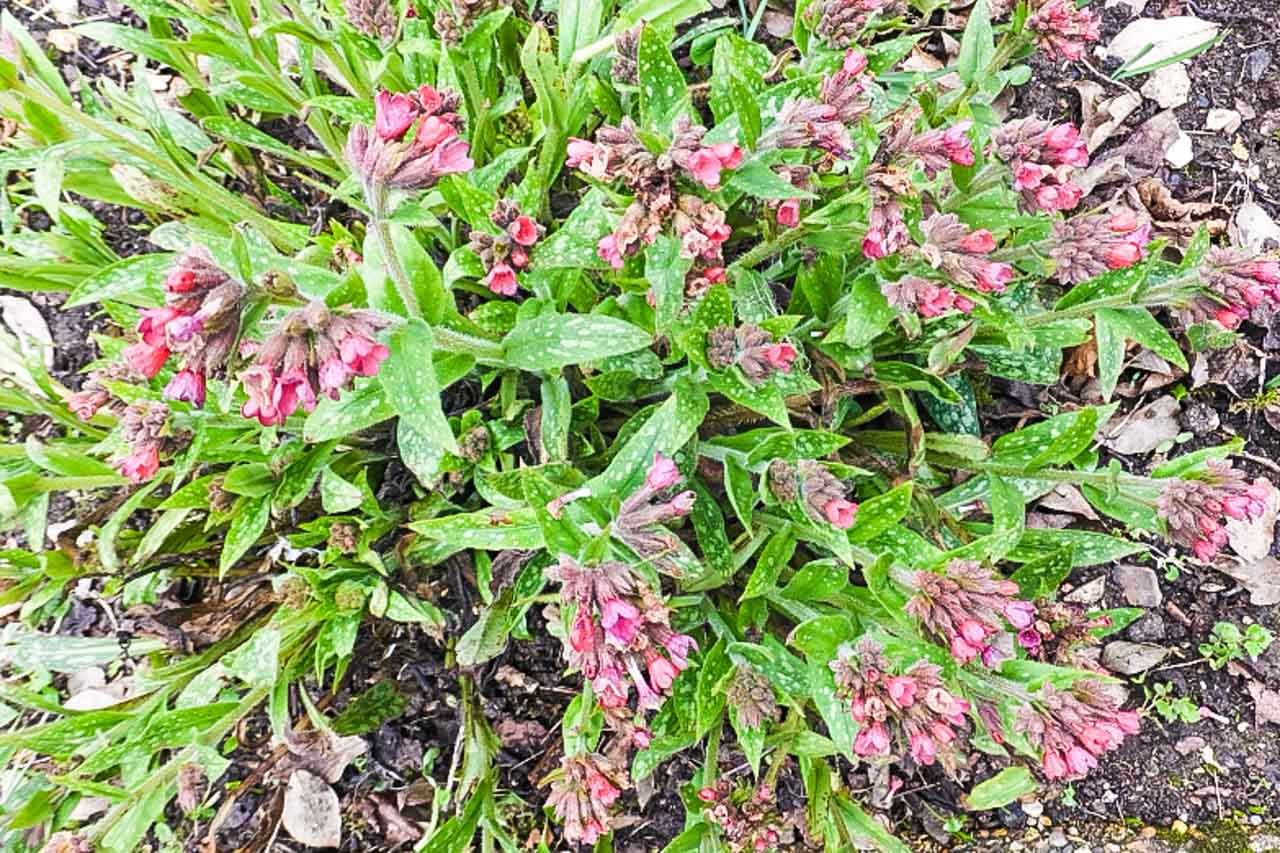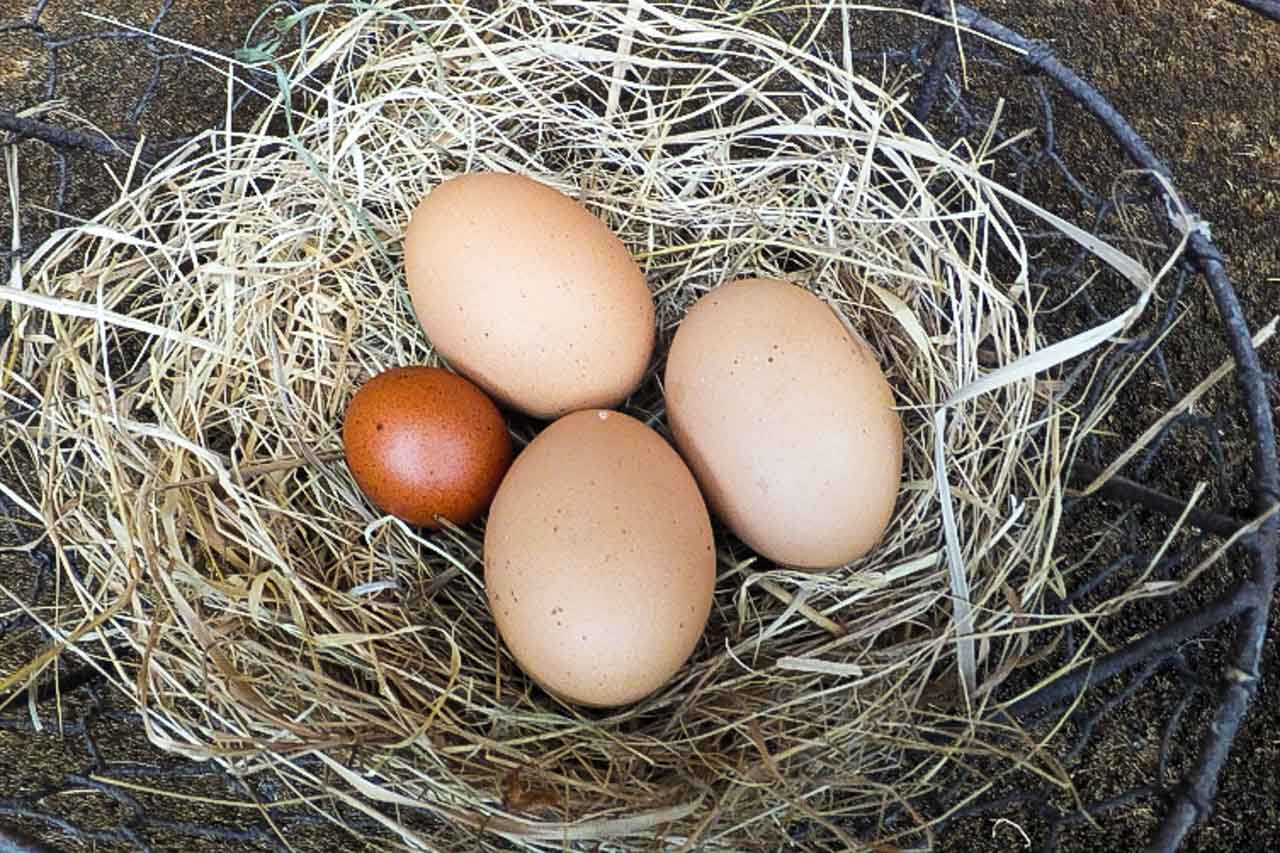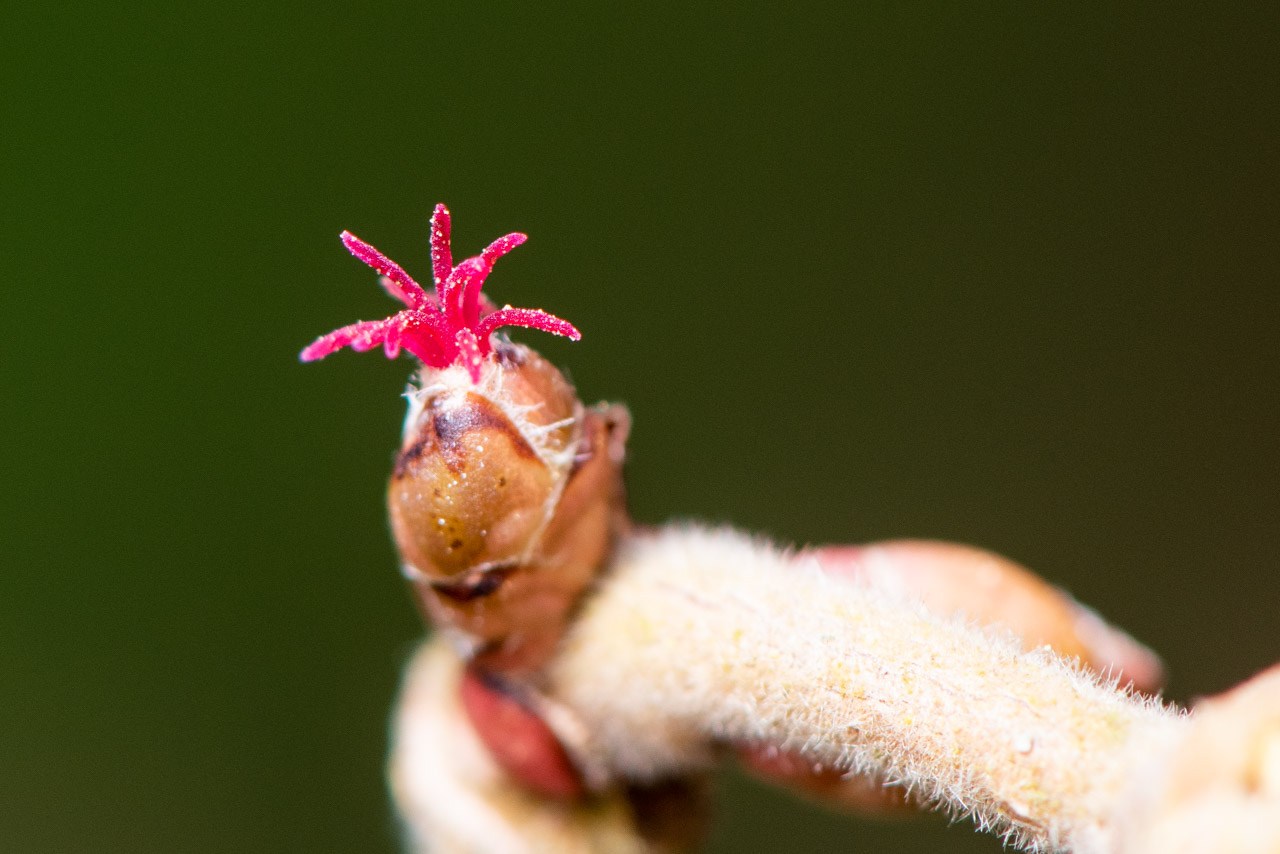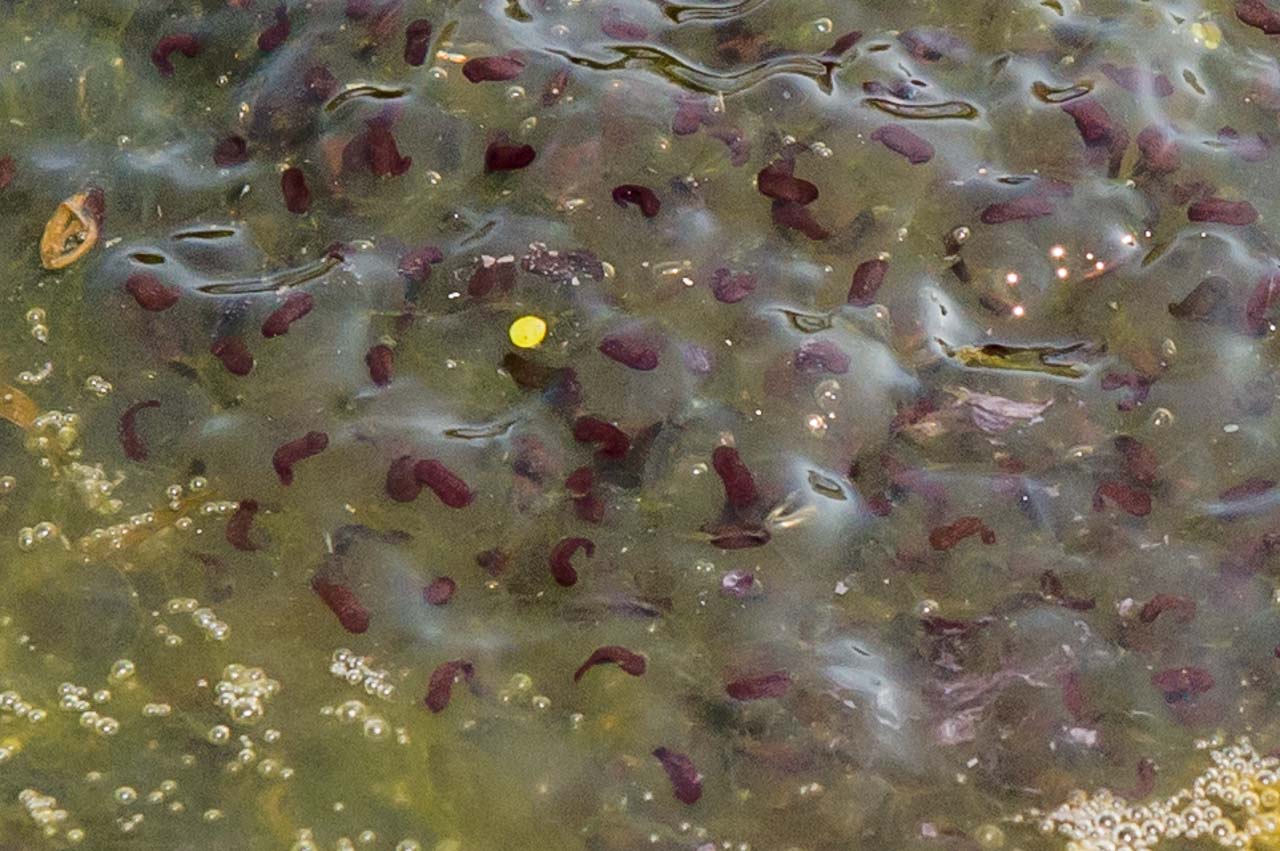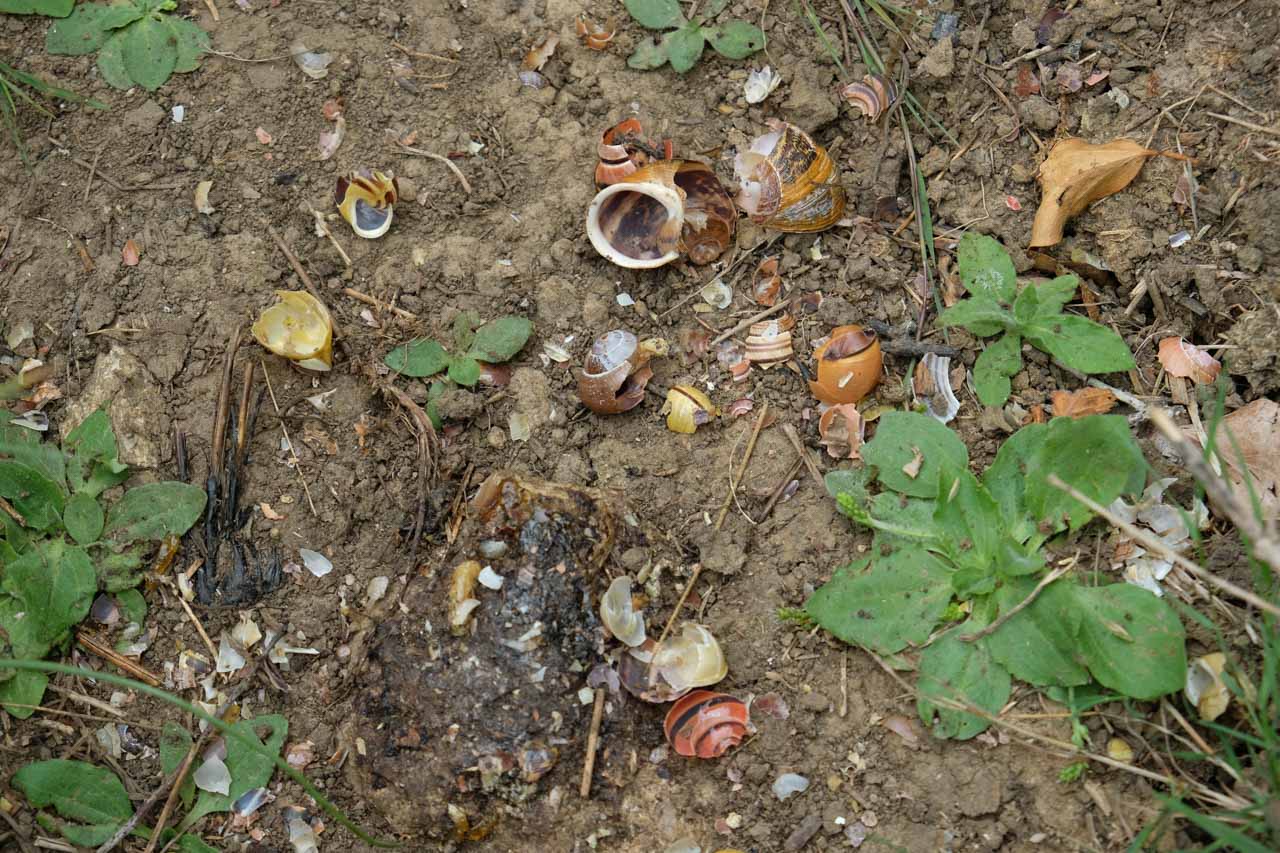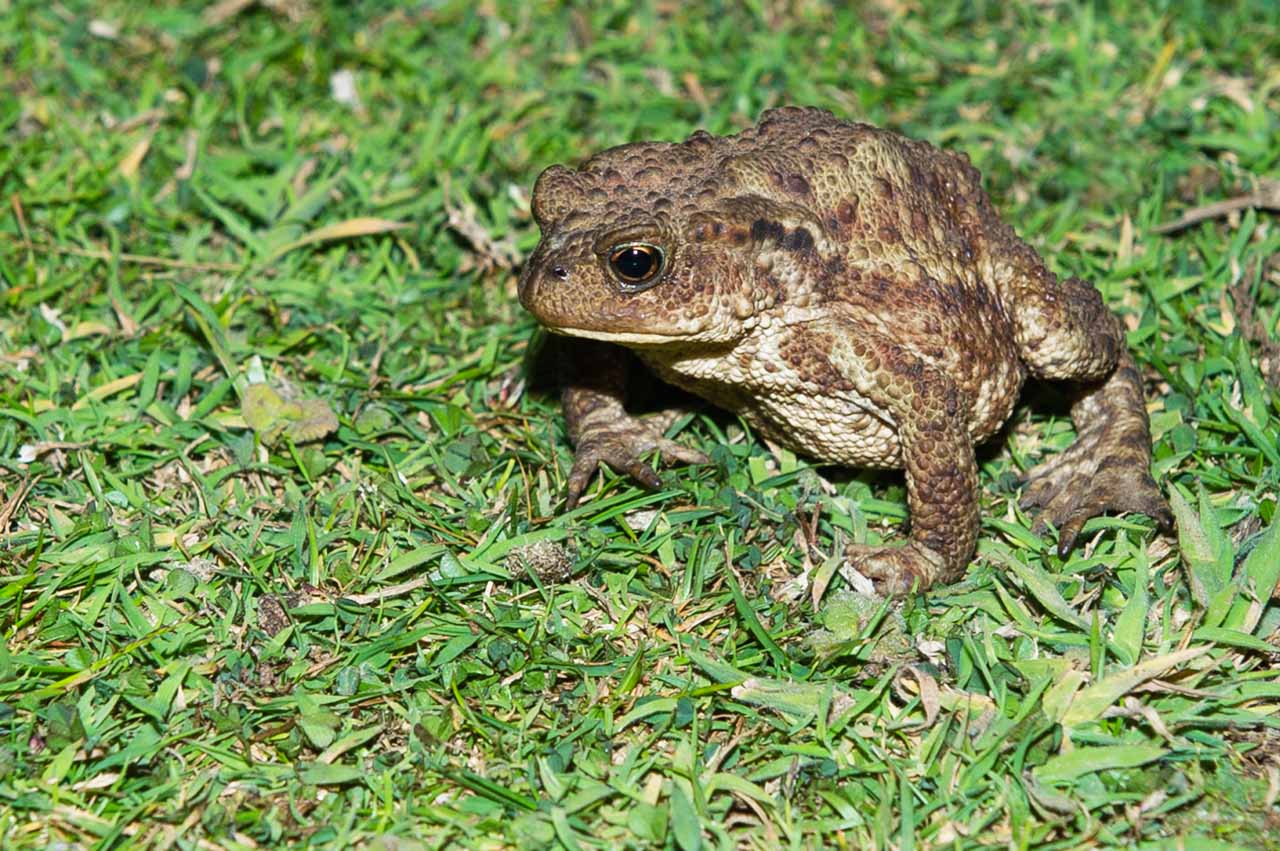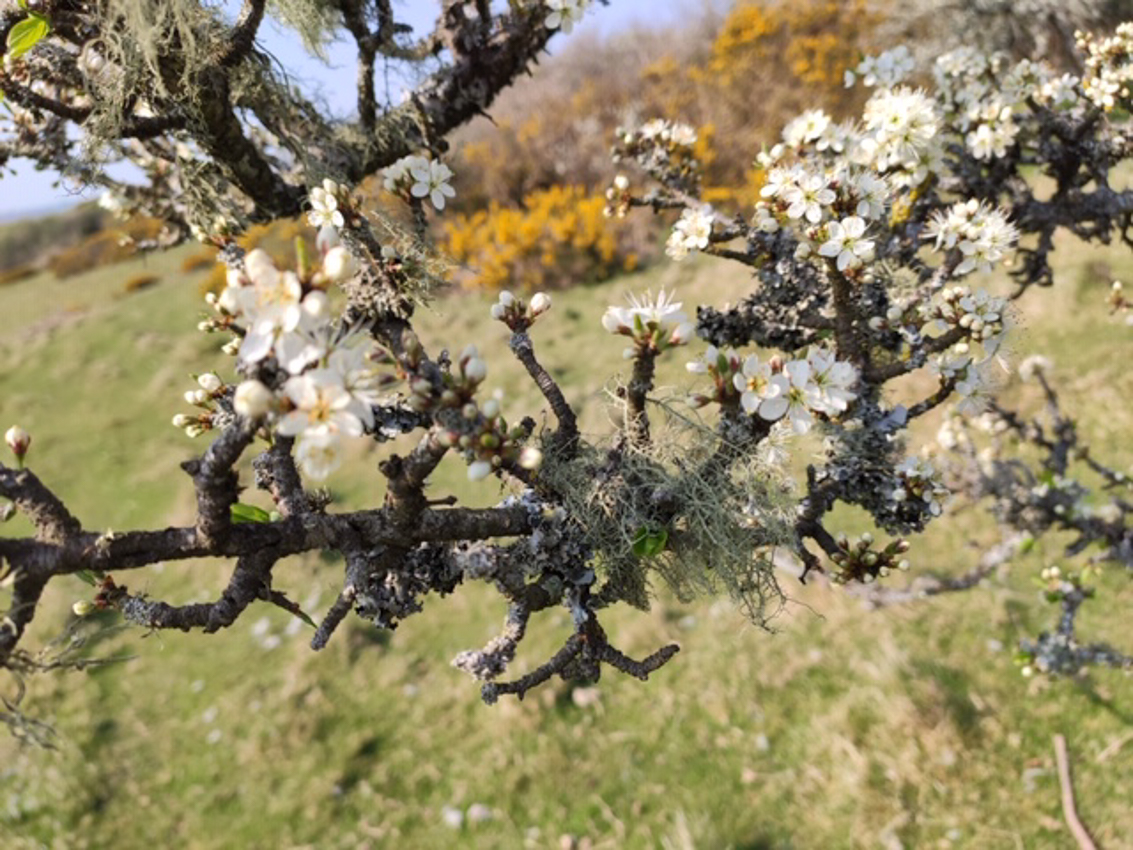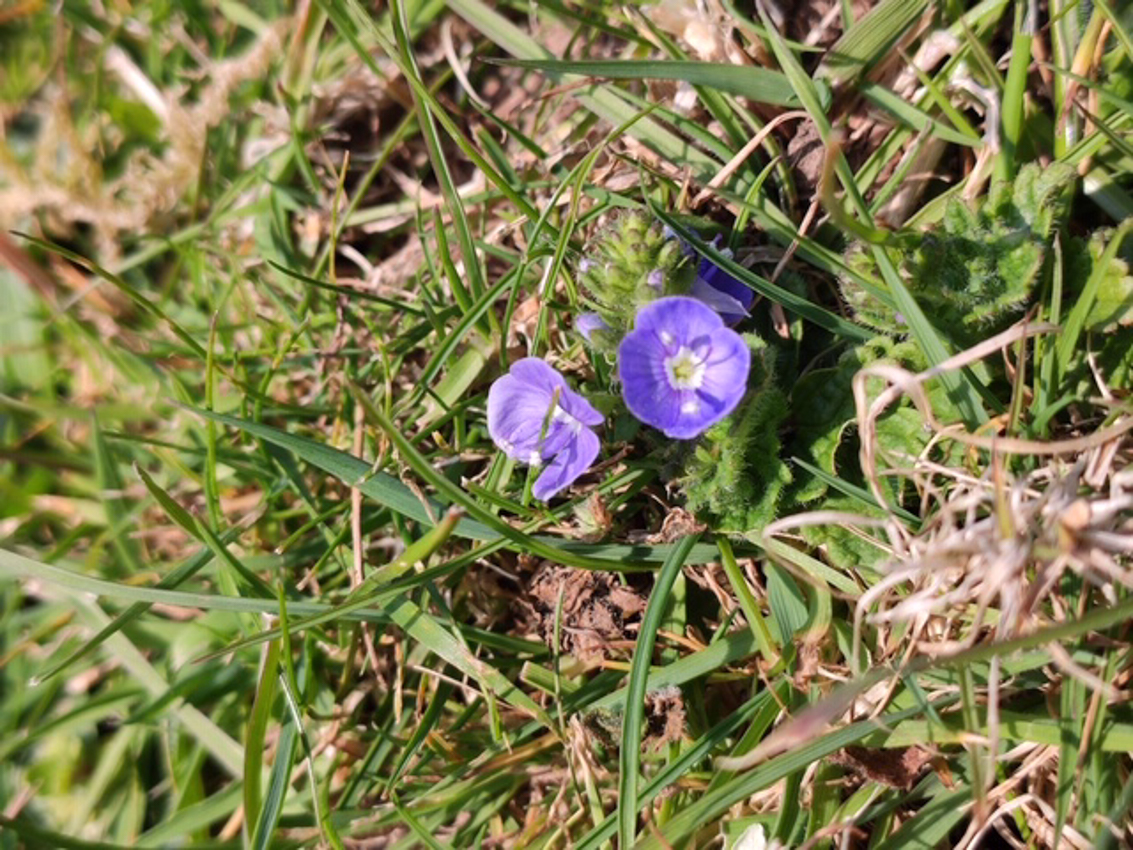Nature Table
March 2024
16th March a pair of toads appeared in my pond, the smaller male plastered on to the larger femaie’s back. From here he fertilised the ribbons of black eggs as they streamed steadily from her backside… during which process she climbed around the twigs in the pond, creating a cats-cradle of spawn as she went. I had deliberately put several twiggy branches into the pond for this purpose, as well as to provide hand-rails to help Mrs Toad grapple her way up for air now and again – no easy task with your husband sitting on your back.
As I was watching them a newt – also newly returned to the pond from his winter’s sleep in the garden – surfaced to take a lightening gulp of air. He will be picking off a few of the tadpoles when they hatch, as will the larvae of the dragonflies which live in the pond. Everything eats tadpoles; it’s just lucky there are so many of them. Go Mrs Toad!
2024 SPRING!! February
As the snowdrops turn to seed the blackbird begins his rolling contralto song at dusk and dawn… Cattistock’s birds are beloved by us all, and we eagerly await the arrival of the summer migrants. House martins have increased dramatically in the village thanks to the abundance of man-made nest boxes on the houses and cottages on the east end of Duck Street. Now it is the turn of the swifts…
A marvellous project for creating more nesting spaces for these iconic and enigmatic birds has been initiated by Liz and Nathalie – entitled Swift Action! The project aims to install 10 new nest boxes for them in an around the roofs of the village, and has identified sites where they will be installed. This will happen by early April, before the swifts return here to breed from their long stay in Africa. If you would like your roof eaves to host a swift box, or indeed a house martin nest box, contact me, Merrily on merrily@harpur.org and i will pass on your details.
2023 November, the month when we start to think about heating our houses…
I have an open log fire, and when I look at the flames I remember an old poem about the burning of wood. It is anonymous as far as I know – though it apparently appeared in The Hunters’ Journal in 1924.
‘Beechwood fires are bright and clear
If the logs are kept a year,
Chestnut’s only good they say,
If for logs ’tis laid away.
Make a fire of elder tree,
Death within your house will be;
But ash new or ash old,
Is fit for a queen with crown of gold.
‘Birch and fir logs burn too fast
Blaze up bright and do not last.
It is by Irish bakers said
Hawthorn bakes the sweetest bread.
Elm wood burns like churchyard mould,
E’en the very flames are cold
But ash green or ash brown
Is fit for a queen with golden crown.
‘Poplar gives a bitter smoke,
Fills your eyes and makes you choke,
Apple wood will scent your room
Pear wood smells like flowers in bloom.
Oaken logs, if dry and old
Keep away the winter’s cold
But ash wet or ash dry
A king shall warm his slippers by.’
I can vouch for many of these woods’ characteristics and flavours; certainly in Ireland it is deemed very bad luck to kindle a fire using elder wood, although they do make flutes and whistles out of its hollowed stems.
Apparently one Honor Goodhart had also come across the poem, because she published her own version in Punch on 27th October 1920.
Logs to Burn
‘Logs to burn; logs to burn;
Logs to save the coal a turn.
‘Here’s a word to make you wise
When you hear the woodman’s cries;
Never heed his usual tale
That he’s splendid logs for sale
But read these lines and really learn
The proper kinds of logs to burn.
‘Oak logs will warm you well,
If they’re old and dry.
Larch logs of pinewoods smell
But the sparks will fly.
‘Beech logs for Christmas time;
Yew logs heat well;
‘Scotch’ logs it is a crime
For anyone to sell.
‘Birch logs will burn too fast;
Chestnut scarce at all;
Hawthorn logs are good to last
If cut in the fall.
‘Holly logs will burn like wax,
You should burn them green;
Elm logs like smouldering flax,
No flame to be seen.
‘Pear logs and apple logs,
They will scent your room;
Cherry logs across the dogs
Smell like flowers in bloom,
‘But ash logs all smooth and grey
Burn them green or old,
Buy up all that come your way
They’re worth their weight in gold.’
Finally Lady Celia Congreve made a longer and rather more literary version – one which cries out to be made into a song! It was published in The Times on March 2nd 1930
The Firewood Poem
‘These hardwoods burn well and slowly,
Ash, beech, hawthorn oak and holly.
Softwoods flare up quick and fine,
Birch, fir, hazel, larch and pine.
Elm and willow you’ll regret,
‘Chestnut green and sycamore wet.
Beechwood fires are bright and clear,
If the logs are kept a year.
Chestnut’s only good, they say,
If for long ’tis laid away.
But Ash new or Ash old,
Is fit for a queen with crown of gold.
‘Birch and fir logs bum too fast,
Blaze up bright and do not last.
It is by the Irish said,
Hawthorn bakes the sweetest bread.
Elm wood bums like churchyard mould,
E’en the very flames are cold.
But Ash green or Ash brown,
Is fit for a queen with golden crown.
‘Poplar gives a bitter smoke,
Fills your eyes and makes you choke.
Apple wood will scent your room,
With an incense like perfume.
Oaken logs if dry and old,
Keep away the winter’s cold.
But Ash wet or Ash dry,
A king shall warm his slippers by.
‘Oak logs will warm you well,
That are old and dry.
Logs of pine will sweetly smell,
But the sparks will fly.
Birch logs will burn too fast,
Chestnut scarce at all Sir.
Hawthorn logs are good to last,
That are cut well in the fall sir
‘Holly logs will burn like wax,
You could burn them green.
Elm logs burn like smouldering flax,
With no flame to be seen.
Beech logs for winter time,
Yew logs as well. Sir.
Green elder logs it is a crime,
For any man to sell, Sir.
‘Pear logs and apple logs,
They will scent your room.
And cherry logs across the dogs,
They smell like flowers of broom.
But ash logs smooth and grey,
Buy them green or old, Sir.
And buy up all that come your way,
They’re worth their weight in gold, Sir.
‘”Logs to Burn, Logs to burn, Logs to burn”,
Logs to save the coal a turn.
Here’s a word to make you wise,
When you hear the woodman’s cries.
Never heed his usual tale,
That he has good logs for sale.
But read these lines and really learn,
The proper kinds of logs to burn.’
———————————————————————–
October 2023
Liz Flight writes: ‘Has anyone read the beautiful book called “The lost words” by Robert Macfarlane and Jackie Morris. The introduction explains……
“Once upon a time, words began to vanish from the language of children. They disappeared so quietly that at first almost no one noticed. The words were those that children used to name the natural world: acorn, adder, bluebell, bramble, conker – gone ! “
‘The Cattistock children that I see don’t appear to have lost any of the ‘natural world words’ listed in the book and certainly a commonly used word in our house right now is conker – ‘we are off conkering mum, see you later’ !
‘On the last count our bag of conkers reached 200 ! A great year and well up on 2022.
‘In another Cattistock house the conkers are being turned into masterpieces by young Charlie (aged 9) and you’ll be so impressed by this little fella whose arms and legs are twigs. His body is a conker and whilst we can’t see it he also has a back pack which is a flattened conker. Charlie found the fossil himself (which the man is stood on) down at the beach. The feather is a staff. The man’s name is Jimmy.

‘I’d recommend the “Lost Words” to anyone of any age, the poetry and illustrations are stunning. Personally I believe our local children are well connected to the natural world, in fact the only word we are close to losing here is possibly “BUS” !’
September 2023. During that warm spell in the beginning of September Richard Edwards found – to his alarm – a large grass snake in his pond. Grass snakes are good swimmers and like ponds, not least because they can eat the frogs. However Alex Butler rescued it, and it was rehomed in my pond. When picked up by Alex it had initially feigned dead, which they do in the hope of putting predators off, but once coiled up on some new water lilies it returned to life and spent some time sunbathing by the poolside.

“Weeds thrive in the company of humans. They aren’t parasites, because they can exist without us, but we are their natural ecological partners, the species alongside which they do best. They relish the things we do to the soil: clearing forests, digging, farming, dumping nutrient-rich rubbish. They flourish in arable fields, battlefields, parking lots, herbaceous borders. They exploit our transport systems, our cooking adventures, our obsession with packaging. Above all they use us when we stir the world up, disrupt its settled patterns. It would be a tautology to say that these days they are found most abundantly where there is most weeding; but that notion ought to make us question whether the weeding encourages the weeds as much as vice versa.” RICHARD MABEY
August 2023
The big butterflies are back! Or were until today – when I had to wait for a pause in the rain to let out a peacock butterfly that was fluttering at my window pane.
But for the previous week, as soon as the sun comes out the lavender has been filling with bumble bees which are joined by peacocks, large whites, red admirals, small tortoiseshells, meadow browns, the odd comma – and even a hummingbird hawk moth. These hover on small triangular wings, like a hummingbird, which flap so fast, up to 80 times a second, that they can be seen only as a blur.
All these wonderful creatures take the place of the flowers we enjoyed in July, providing a kaleidoscope of colour moving around the garden.
Spring 2023
The days are getting warmer and the nights shorter: the infra-red trail cams in my garden have been recording at least three hedgehogs scurrying about since the end of March, and a lactating vixen visits most nights.
The first of the butterflies to appear in spring is the large, leaf-shaped brimstone – as yellow as the primroses, cowslips and daffodils it coincides with. Now the blues will start to appear in Lankham Bottom and Norden Hill, and the red admirals and peacocks on our garden flowers.
In our gardens, too, the blackcap has been singing his tentative, muddled song, and the chiffchaff has been calling out his name since early April. In the middle of that month the first swallows and house martins arrived. The latter are now doing battle with the sparrows for their bowl-shaped nests in the eaves of Markers in Duck Street, but the Nelsons’ ones opposite were kept clear for the new arrivals by Patrick’s blocking the entrances with paper – to be removed when the house martins appeared, and are now occupied by them. Perhaps the most glorious treasure of spring is the song of the blackbird, its rolling contralto song to be heard best at dawn and dusk on quiet days. It is perhaps best heard with the dawn chorus in the background – worth getting up at 5.am for!
———————————————————————————————————————————————————-
Winter 2022-23
During the winter you can see lots of birds in your garden, especially if you have a bird feeder.
The birds you could see are: finches (bullfinch, chaffinch, goldfinch, greenfinch), tits ( blue, great, marsh, coal, long-tailed), robin, wren, dunnock, house sparrow, blackbird, starling, nuthatch, treecreeper, great-spotted woodpecker, green woodpecker, thrushes, magpie, jackdaw, carrion crow, jay, collared dove, wood pigeon and sparrowhawk.
If you’re lucky, you will see a goldcrest, a brambling, a blackcap or a siskin. If you’re very lucky, you will see a fieldfare or a redwing. And if you are very, very lucky you will see a waxwing or a hawfinch.
There might also be a surprise sighting. I spotted a female reed warbler and a yellowhammer once in my garden.
Whichever bird you see, it will give you such pleasure to be able to see them in your garden!
As well as giving them a helping hand, feeding garden birds also brings the joy of seeing different species up close.
What should you feed the birds?
Here are a few suggestions:
Sunflower seeds: These are rich in necessary protein and unsaturated fats. Black sunflower seeds are better to use than striped sunflower seeds due to their higher oil content.
Nyjer seeds: These are very small, black seeds which are rich in fat and oil. Special Nyjer feeders are available at garden centres. These seeds are a favourite of goldfinches and siskins.
Peanuts: These are rich in fat and protein and are popular with tits, greenfinches, house sparrows, nuthatches, woodpeckers and siskins.
Fruits such as apples, pears and plums make great bird food due to their high water content and the fact that they are energy-rich with simple sugars. These can be halved and left on either on the bird table or on the ground and will be enjoyed by robins, blackbirds, thrushes and waxwings.
Fat balls: These will provide a great boost in calories to a wide range of species.
I hope you found this useful.
Enjoy your birdwatching!
Edo Schmidt.
January 2023
January is a monochrome month. But instead of colours a new spectrum of sounds starts to be heard. The robin is already singing quietly its pensive notes, and in a month the blackbird will also be practising its spring song under its breath. The calls and chirps of the garden birds continue as they squabble over the bird feeders.
But this month properly belongs to the song thrush, perched on a top bough, ecstatically declaring its huge variety of phrases – and repeating each two or three times as if to hammer home the point. Listen out for it at dusk – and its message that the year has turned. Our own Thomas Hardy put it best in his poem The Darkliing Thrush:
March update: first the wildlife and then the gardens – scroll down to read Sue’s Willow Warblings
Stop press – there is a new barn owl box in the village! It was both made and installed by Simon Goodall in his barn at West Norden Farm – behind Wallis Farm. Great kudos and respect to Simon who – in the midst of building his own house – found time to build one for the barn owls too. It will no doubt be a dream residence for a pair next spring, if not this one.
Not only that, but two new man-made housemartin nests have gone up in Duck Street – one under the eaves of Nunwell, Richard Winterflood’s house, and one next door at Maria Bailey’s. The installation was most kindly undertaken by Eric and Bradley Damen with their long ladders – and strong knees and nerves.
These nests join Richard’s existing one, the Nelsons’ original two at Vine Cottage, and the two at Markers over the road – all of which had notable success last year. It was heart-warming during the first dismal lockdown to find that the street, at least, was alive with the merry chirps of four or five pairs of housemartins feeding their broods.
Housemartins are some of the most mysterious of our summer migrants; they spend their winters in Africa but no-one knows where. All we know is that they arrive in April to build their nests of mud under the deep eaves of houses – collecting it, tiny beakful by tiny beakful, from the edges of puddles and pools. They smear it on the wall of a house until it sticks and then build up the dome shape from there, making a smooth hole at the top for entry. They use up a lot of strength on their long flight from Africa, so it saves them much time and energy to find nests ready-made, or partially so. Nevertheless they like to customise the ready-made nest with mud improvements, and this is visible on one of Richard’s nests – if you squint up at his eaves you can see the smooth woodcrete adorned with extra mud at the top.
We have temporarily stuffed up the holes with paper to stop the sparrows colonising them (as they have already done at Markers, alas!) before the housemartins get here. The very second the housemartins arrive Bradley has volunteered to go up the ladder again and un-stuff them!
Some of these man-made nests were provided by the Dorset Owl and Bird Box Society. This is a non-profit group of volunteers based in and around Cattistock; it aims to help declining or endangered bird species in our area by providing them with nesting and roosting places. http://www.dobbsoc.co.uk/
If anyone has nice deep eaves on their house, or a V-shaped gable end, and would like housemartin nests of their own, please get in touch with me, Merrily on 01300 320064/ 077993 77661 or email merrily@harpur.org Or would you be prepared to host a sparrow terrace? This is a row of three or four little boxes, and would provide an alternative to their having to use the housemartin nests!
Likewise do contact us if you have tall trees and would like owl boxes, or nests for tree-hole nesting species, such as woodpecker or treecreeper. Or if you don’t have a suitable house or trees but would like to help fund a box elsewhere, that would be much appreciated! http://www.dobbsoc.co.uk/
Sue writes:
Willow Warblings
March 1st. St. David’s Day. Patron Saint of Wales, national emblem: the leek. Apparently when Norman Hartnell was designing the coronation robes he thought that leeks were far too vulgar and wanted daffodils instead. But he was overruled by HRH and the leek is there with roses, shamrocks and thistles. But daffodils are everywhere now. We veer towards the smaller, paler varieties and have increasing amounts of the wild daffs which look happier in a more informal situation. If you find your daffodils are not flowering this year it is because of the hot dry spring months last year. The bulbs need a lot of moisture to swell to flowering size as they die down and lack of rain at this stage can seriously affect them. To ensure good reflowering watering with some soluble fertilizer will always pay off. The wild daffodils planted for the millennium along the main thoroughfare of Cattistock have never thrived because they are in the wrong situation. High on a bank where it is too dry, I wonder if they should be moved?
Our hazel hedges are hung with long golden catkins. See if you can spot the tiny red female flowers on the same twig. It is these when fertilized by the pollen from the catkins that swell into hazelnuts, which in our garden are always taken by squirrels before really ready. This week, digging out the compost heap I found a great cache of peanuts taken from the bird feeders and hidden a few inches down in the compost!
The first frogspawn has been laid about a week later than usual. I hope for more to come as there are four to five visible frogs in the pond.
During the last few days the lovely pulmonarias have come into bloom. They come in pink, blue, white and almost red with leaves that range from all green to all silver with a wide range in-between. Today they are buzzing with bumblebees. All sorts of scillas are out as are the little iris reticulata. I am trying these again as I have read that to succeed you must plant them under the edge of a conifer but where they will get sun all day. They need hot, dry summer months in order to flower again. We shall see! I also have a big clump of pink violets in flower. I don’t know what variety, as over the years I have bought so many from Groves Nursery. Clive Groves is probably the most experienced violet grower in the country and has written widely on the cultivation of these plants. But they are very difficult to keep going so it is perhaps best to stick with the wild violet, viola odorata, which likes our soil. I used to pick bunches of violets up our track from Christmas onwards but now the increase in traffic has eroded the edges where these plants thrived and it is rare to see any now. There were acres of violets grown for the flower trade, a lot of them near here but now the plants suffer from viruses and bugs that make them almost impossible to grow. They are very susceptible to air pollution and as the metropolis grew the violet farms around London were the victims of coal smoke in the air.
The chickens are starting to lay again with the daylight lengthening. The first egg was so tiny I’m still not sure what to do with it. This month we gain four minutes of daylight each day, that’s two hours by the end of the month, plus the clocks go forward on the 28th.
Saw the first butterfly. A peacock that had obviously overwintered. It went from crocus to crocus getting much needed food from the wide-open blooms. I was so glad we had some early flowers to offer much needed sustenance. Usually the first butterfly to be seen in spring is the Brimstone, which gave butterflies their name. Butter fly(ing). Saw this idea for a bumble bee house this week. Fill an old teapot with some soft bedding, seal the lid down tight, then bury the whole thing in the ground with the spout sticking up. A sheltered spot under a hedge was suggested. Bumblebees can’t resist apparently!!!!Now where can I find a teapot?!!!!.
February update
Last month I mentioned the hysterical outpourings of the song thrush even – or specially – during the bleakest of winter days, and now in February his optimism becomes visible – snowdrops starting up under the beech at Meech’s corner and by the cricket pitch, and in our hedges and gardens.
Poet Laureate Ted Hughes wrote a verse to the snowdrop. In just eight lines he echoes the darkness – literal and spiritual – of Hardy’s poem, and yet in the words ‘brutal’ and ‘heavy as metal’ he speaks of the ruthless inevitability of spring along with the cycle of the stars, of its universal power behind its individual fragility.
The Snowdrop by Ted Hughes
Now is the globe shrunk tight
Round the mouse’s dulled wintering heart.
Weasel and crow, as if moulded in brass,
Move through an outer darkness
Not in their right minds,
With the other deaths. She, too, pursues her ends,
Brutal as the stars of this month,
Her pale head heavy as metal.
THE WILDLIFE OF CATTISTOCK, OVERVIEW:
Most Dorset villages offer diverse habitats for native flora and fauna, but Cattistock offers more than most. Almost every dwelling has a garden, and many of them are managed for the benefit of birds and insects as well as us humans. Interesting rarities often visit – a nightjar was photographed taking its ease on a sun lounger in a garden at Duck Street! And an otter was recently snapped making its way down Mill Lane past the village shop.
The contingent farmland is mainly pasture, dotted with copses and criss-crossed with footpaths – plenty of scope for the now-rare farmland birds, and the opportunity to spot them. Our valley, Lankham Bottom, is a noted butterfly reserve, with glow-worms on its chalk escarpments too.
At the heart of the village is the church and churchyard, a central green space seething with wildlife if you know where to look. On summer evenings at least five species of bat whirl above your head, while the swifts which nest in the church buildings speed shrieking around the rooftops as dusk falls. Some of the churchyard’s most famous visitors are the hawfinches which flock in winter to the magnificent row of hornbeams which border its south side, and following them the flocks of bird-watchers from all over the county. Dog-walkers sometimes encounter the now rare hedgehog foraging among the graves at night. In spring and summer the graveyard is a carpet of wild flowers, and the church’s programme of grass cutting is managed to ensure that they continue to proliferate.
The Friends of Cattistock church aim to implement a scheme to increase habitats for wildlife of all kinds around the church, perhaps in time to acquire a gold medal for conservation from the Eco Church Foundation.
In the wider village other steps are afoot to enhance the presence of wildlife. Tawny and barn owls boxes, made here in the village, have gone up this autumn, under the auspices of the Dorset Owl and Bird Box Society – a Cattistock-based initiative. Boxes for swallows and house martins were added to many of the houses, sheds and stables of the village this spring.
Plans to help slow the disastrous decline in honey bees are also underway… Matt Somerville, the brother of artist Liz Somerville, sometime of this village, will visit next year to explain how to do this – beekindhives.uk
Wildlife is more than ever dependent on us humans – to notice it, to include it, and most of all to enjoy it. We need all the observations we can get to form a picture of the wildlife in Cattistock, and thus to help it all thrive. Such information also goes to form a nationwide picture, though such agencies as the Dorset Wildlife Trust. So, if YOU have noticed anything unusual – more or fewer than usual insects or butterflies for instance, or variations in migratory species of birds, hedgehog encounters, the odd unexpected wildlife visitor or wildflower… or just anything that has attracted your attention – please contact the editor of this page Merrily Harpur, on 01300 320064. We will flag it up on this page – (named after the special table where we used to put our wildlife finds at primary school) and also pin it on the web’s News & Notices.
NATURE TABLE ARCHIVES
Previous years Nature Table articles can be viewed below:
For 2019 enter here
For 2020 enter here
For 2021 enter here
For 2022 enter here

